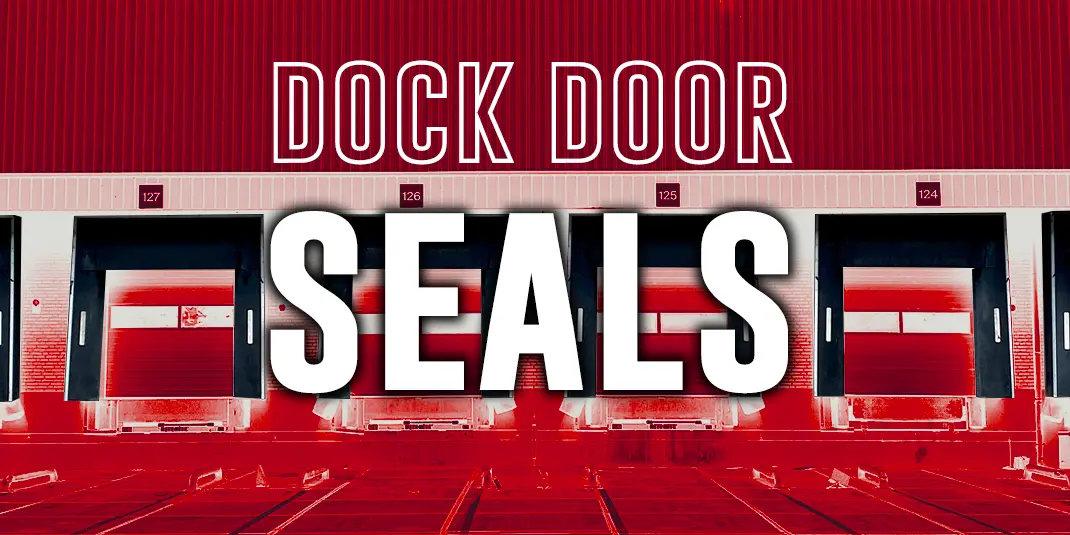E-commerce and multi-channel retail have been growing rapidly year by year, and since the Covid-19 global pandemic, there has been an even greater push towards online selling. The pandemic shifted how operations are run, putting a massive emphasis on the need for change and adaptation towards warehouse automation. The retailing environment has changed so drastically and so quickly, with massive labor shortages, increased labor costs, and an increase in throughput needs that automation has become a necessity at all levels. Along these lines, with many advancements in automation continuously emerging, bringing in lowered costs and scalability, warehouse automation is the next logical step in the industry.
What is Warehouse Automation?
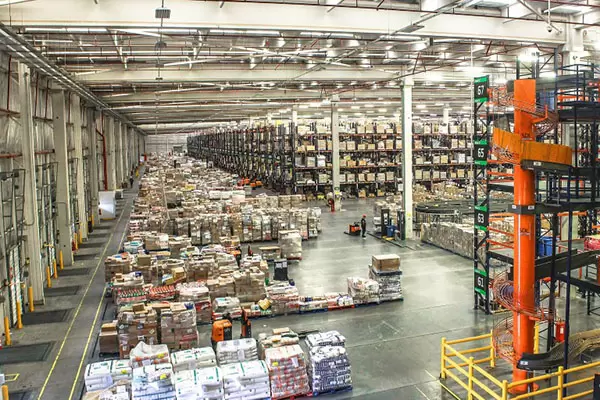 Warehouse automation is a broad concept that includes incorporating a range of technologies, innovations, and advancements into current systems to enable better functioning, scalability, and the elimination of repetitive tasks. The purpose of automation is to free up the tasks of those who work in warehouses so their skills are better utilized, while enabling machines, AI, and other means of technological automation to handle the monotonous tasks.
Warehouse automation is a broad concept that includes incorporating a range of technologies, innovations, and advancements into current systems to enable better functioning, scalability, and the elimination of repetitive tasks. The purpose of automation is to free up the tasks of those who work in warehouses so their skills are better utilized, while enabling machines, AI, and other means of technological automation to handle the monotonous tasks.
At the present time, the market related to warehouse automation services is a $10 billion dollar industry, and this is only expected to expand in the coming years. In a study published by Forbes, it is noted that 60 percent of businesses surveyed stated that it was very likely they would be investing in warehouse automation technologies in the next three years. However, along these lines, most companies that are adopting these technologies are opting for established tools that have proven track records. Using options that have documented lower risk, as opposed to emerging technologies that have yet to be tested longer-term or across more businesses are seen as safer investments.
How Can These Systems be Improved?
Warehouse automation is not a new invention, but because it incorporates innovation, it is continuously evolving. Improvements can always be considered, but because the needs of each individual business vary from one case to the next, adopting individual strategies, plans, and technologies as needed is the most logical solution.
It is expected that in the coming years, these systems will continue to evolve, especially based on the needs of the businesses adopting them at an individual level.
What do Companies Need?
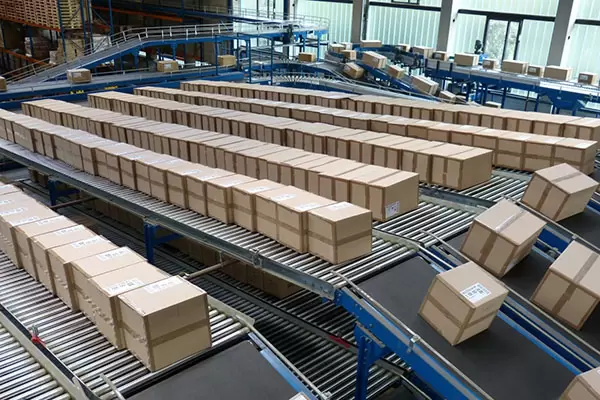
The scope of the market is massive and it entails a large range of different types of services. Among the most common types of technology being used in the automation market at the present time include:
- Cooling Systems
- Conveyor systems
- Sortation systems
- Shuttle systems
- Stacker cranes
- Robotics/ autonomous mobile robotics
- Hybrid solutions
- Mixed pallet configurations
Conveyor systems and systems for sortation are definitely mainstays in the near future for warehouses. Many warehouses are currently taking advantage of these systems, which can be combined efficiently with others to serve their individual needs. For those warehouses that have yet to implement these systems, it is very likely that most will incorporate them into their operations within the next few years.
Shuttle systems are currently on the radar for many warehouses, holding the highest adoption levels after conveyor and sortation systems. Additionally, shuttle systems have proven to be quite effective, with many warehouses adopting these to fulfill various purposes, which is indicative of how quickly this market is expanding. Shuttle systems deliver high throughput, storage density, and excellent scalability which provides agile support that fits the needs of many types of operations.
Better Conditions for Workers Leads to Better Productivity
Also worth noting are the improved conditions for employees and workers in warehouses, due to the implementation of automation. Many industries have already begun to reap these benefits, thanks to such innovations as robotics and conveyor systems, which do much of the heavy lifting and strenuous physical work that can cause injuries and negatively impact the productivity of workers in the warehousing, shipping, and handling industries. With a lowered level of injury risk, workers have a greater ability to do their jobs well, while also saving the company money that may have been spent on injury claims.
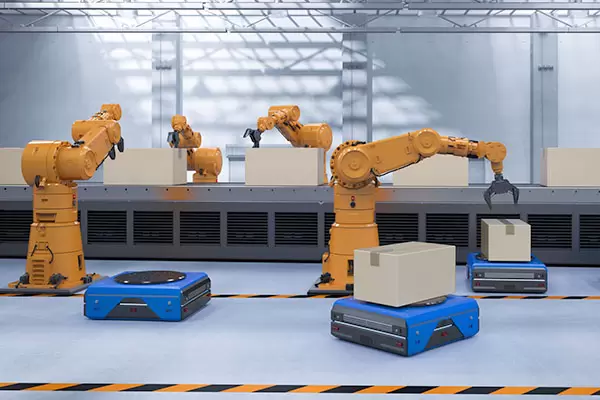
Furthermore, improved working conditions, thanks to the widespread use of technology like Power Breezer systems, which provide highly efficient, environmentally sustainable atomized evaporative cooling technology, are benefitting workers greatly. There is a direct relation between comfortable working temperatures and productivity and safety. A cooler environment not only contributes to safer work conditions, but also more productive conditions. Though not a directly automated system within warehouses, more and more warehouses are taking advantage of this cooling technology to manage their heat mitigation strategies, to enable greater productivity and safety on the job.
Automation is the future of warehouses. Ecommerce has become the standard of how the world makes purchases, and logistics, warehouses, and supply chains are essential parts of the systems that keep this industry churning. Automation is one factor that has propelled this industry forward, enabling voracious growth and unbelievable results. And while the industry has experienced much growth and progress, the future of these warehouse automation systems is upon us and expected to only expand further in the coming years.
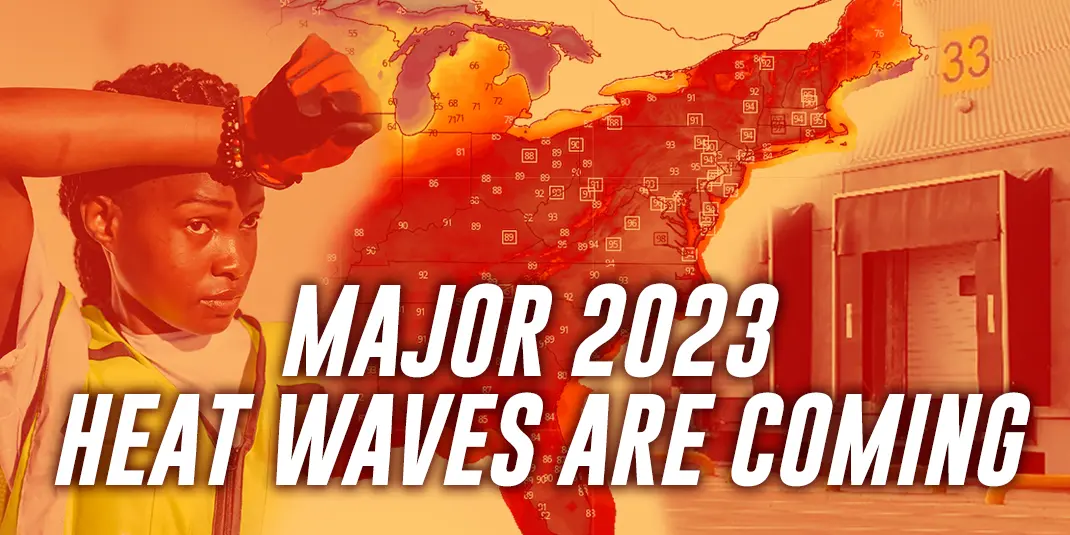

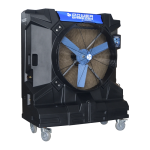
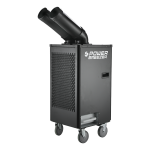
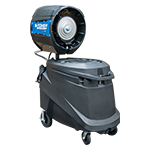
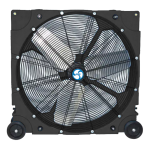
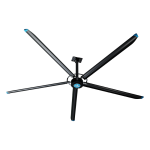
















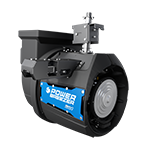

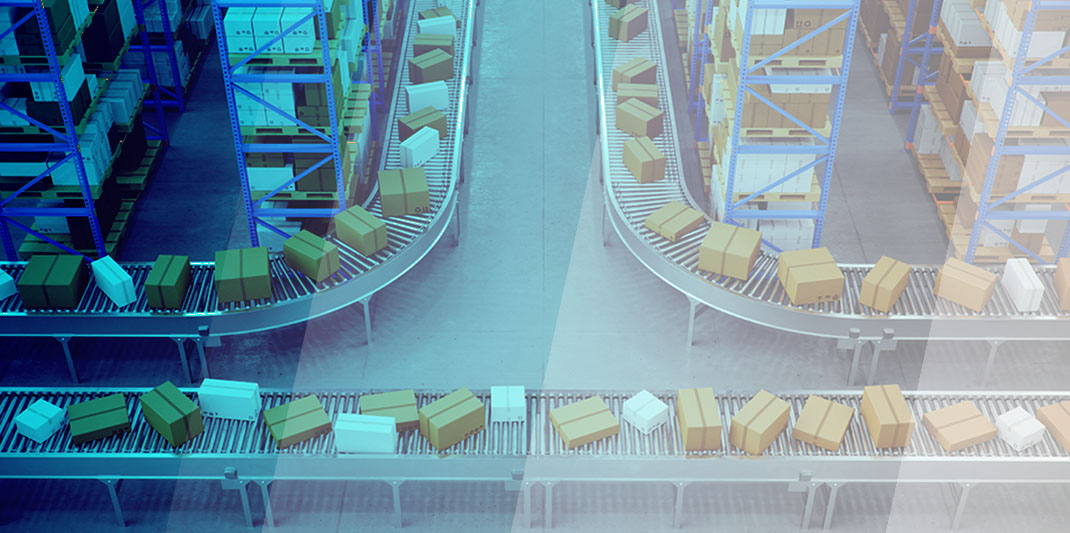
 Warehouse automation is a broad concept that includes incorporating a range of technologies, innovations, and advancements into current systems to enable better functioning, scalability, and the elimination of repetitive tasks. The purpose of automation is to free up the tasks of those who work in warehouses so their skills are better utilized, while enabling machines, AI, and other means of technological automation to handle the monotonous tasks.
Warehouse automation is a broad concept that includes incorporating a range of technologies, innovations, and advancements into current systems to enable better functioning, scalability, and the elimination of repetitive tasks. The purpose of automation is to free up the tasks of those who work in warehouses so their skills are better utilized, while enabling machines, AI, and other means of technological automation to handle the monotonous tasks.

